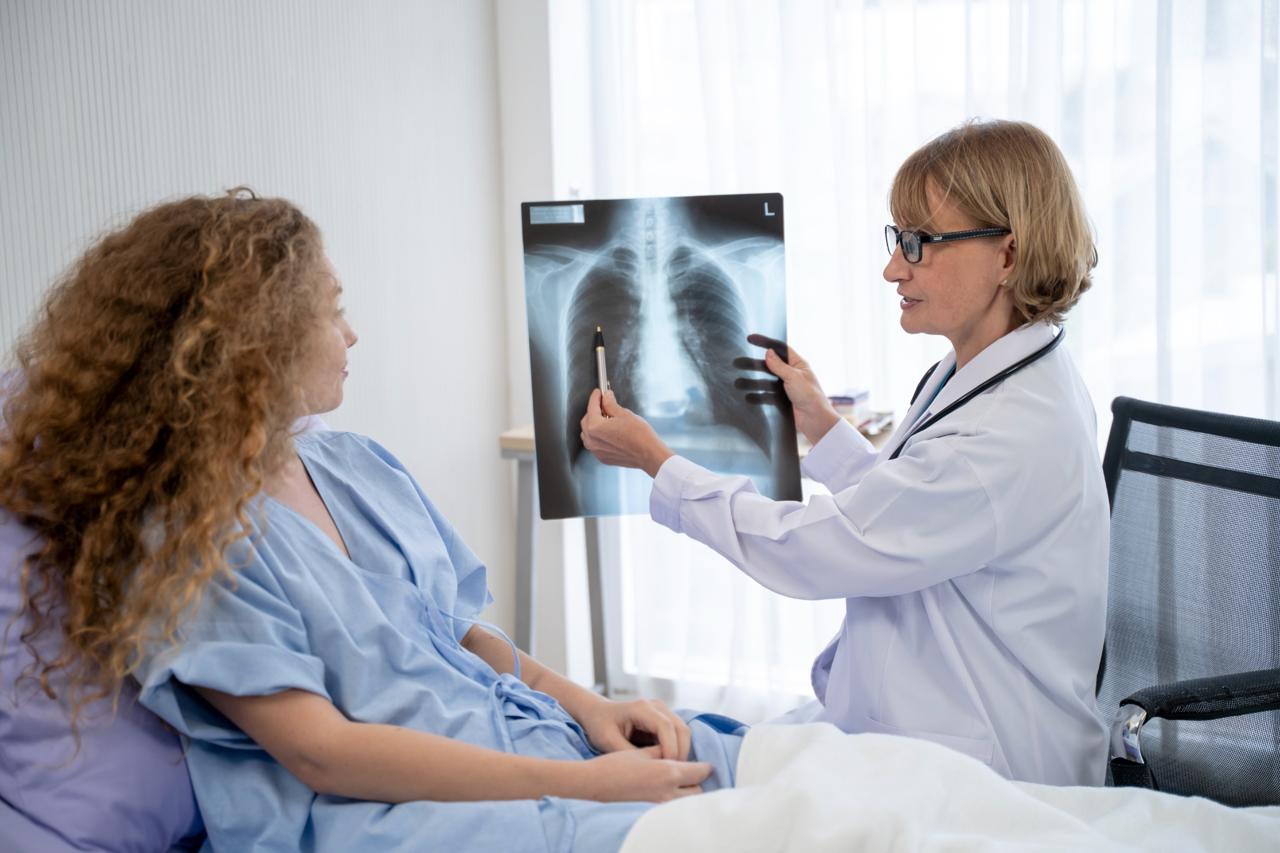What Are Nodules in the Lungs?

Discovering you have a spot on your lung can be unsettling. However, these spots, called pulmonary nodules or lung nodules, are actually common. They appear on imaging tests, such as chest X-rays or CT scans, in about one out of every three people who undergo them. While it's natural to be concerned, it's important to know that most of these nodules aren’t cancerous.
A lung nodule is a small, abnormal growth of tissue in the lung. They show up as round, white spots on an imaging scan. Most often, they’re discovered by accident when you’re being tested for some other condition.
What Causes Lung Nodules?
There are many reasons why a nodule might form in the lung. The vast majority of them are benign, meaning they’re not cancerous. Often, they’re the result of scar tissue from a past infection.
Other common causes include:
- Autoimmune diseases
- Inflammatory conditions
- Previous surgery
- Inhaling irritants
- Noncancerous tumors
In a small number of cases, a nodule can be cancerous, which is why it’s essential to follow up with your primary care provider if a scan reveals a nodule.
Do Lung Nodules Cause Symptoms?
Most of the time, lung nodules don’t cause any symptoms. This is a primary reason they’re often found incidentally. People are usually unaware they have one until it appears on an imaging test.
However, if a nodule is large or cancerous, it may cause symptoms such as:
- Chronic cough
- Chest pain
- Shortness of breath
- Fatigue
- Hoarseness
- Loss of appetite
- Unexplained weight loss
- Recurring respiratory infections
- Fever
If you’re experiencing any of these symptoms, it’s crucial to consult your primary care provider.
What Happens After a Nodule Is Found?
If a nodule is seen on your imaging test, your provider will want to take a closer look. The first step is often to compare the current image with any past chest scans you may have had. This helps determine if the nodule is new or if it has changed in size or shape.
Your provider may recommend what’s called “active surveillance.” This involves getting follow-up CT scans over a period of time to monitor the nodule. If it remains stable and doesn’t grow, it’s unlikely to be cancerous and may not require any treatment.
If the nodule is large, grows over time, or if you have risk factors for lung cancer, your provider may order more tests. A positron emission tomography (PET) scan can reveal the cellular activity of the nodule, which helps determine if it’s cancerous. In some cases, a biopsy may be necessary. During a biopsy, a small piece of the nodule is removed and tested in a laboratory.
How Do Providers Treat Lung Nodules?
The treatment for a lung nodule depends on its cause. Benign nodules that are small and not causing any problems typically don’t require treatment. If the nodule is caused by an active infection, your provider may prescribe antibiotics or antifungal medications.
If a nodule is found to be cancerous, it can often be removed with surgery, especially if the cancer has not spread. For cancers that have spread, or for patients who are not good candidates for surgery, other treatments like chemotherapy and radiation therapy may be used.
Get Guidance on Addressing Lung Nodules From Baptist Health
Finding a spot on your lung can be a source of anxiety. However, it’s essential to remember that most lung nodules are harmless. Working closely with your Baptist Health primary care provider ensures you receive the right follow-up care and peace of mind.
If you’re managing asthma, COPD, or other breathing concerns, Baptist Health Respiratory Care is here to help.
Find a Baptist Health pulmonology provider with our provider directory, or
download your patient packet to get ready for your visit.
Next Steps and Helpful Resources
Learn More About Respiratory Care at Baptist Health
Types of Lung Function Tests
How Long Does It Take Your Lungs To Heal From Vaping?
How To Remove Mucus From the Lungs Naturally



